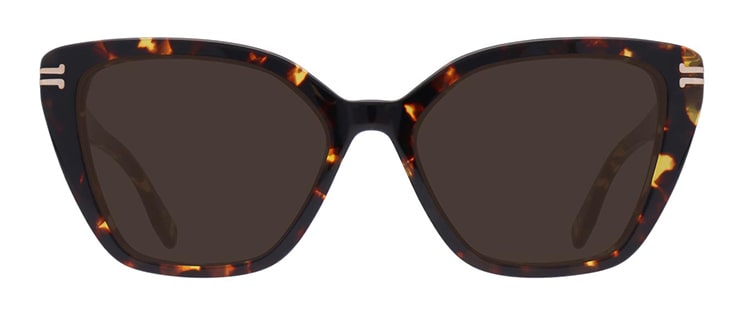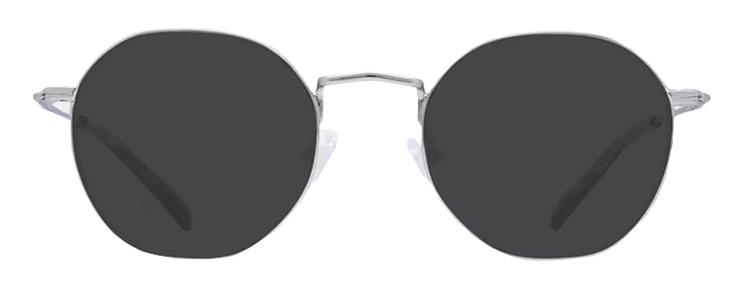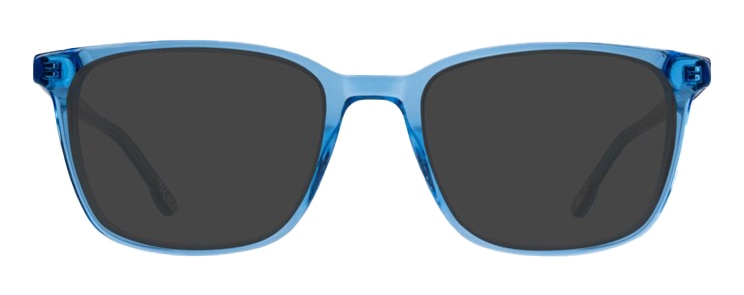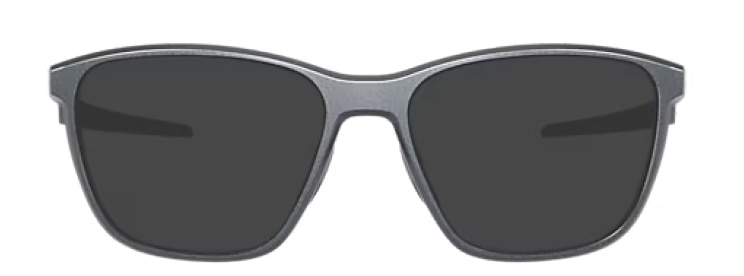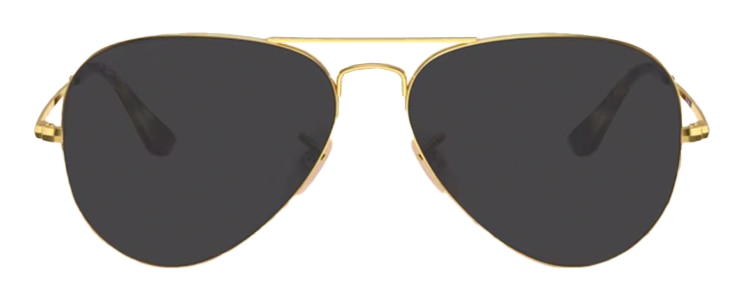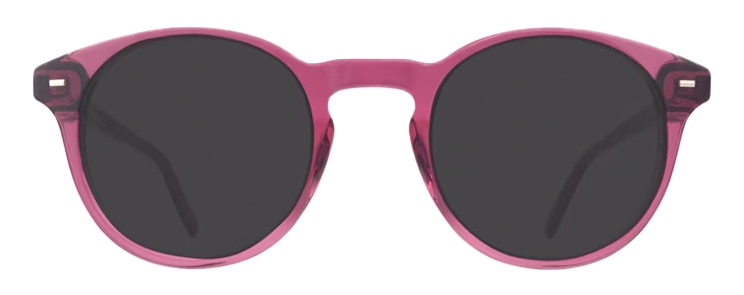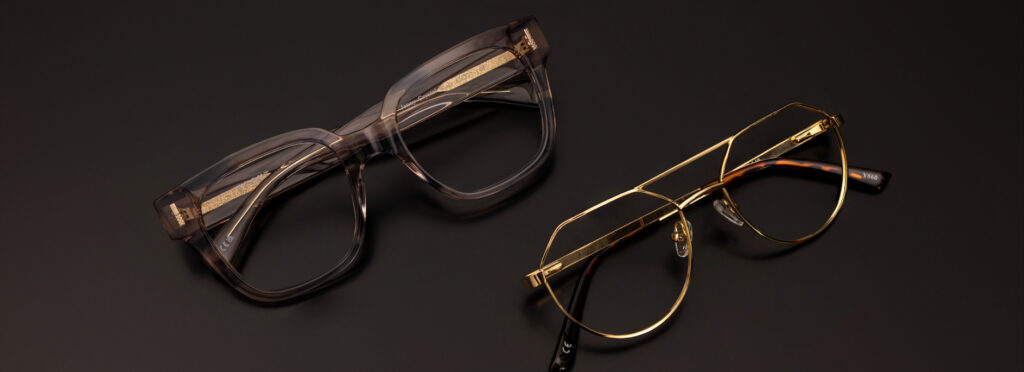Road safety is vital and relies just as much on you having clear vision as being a skilled driver. Every journey puts your eyes to the test, from low winter sun to harsh reflections off wet roads and dashboards. Without the right protection, glare can cause eye strain, slow your reactions, and make it harder to focus.
The good news? The right pair of sunglasses can make every trip safer and more comfortable, whether you’re a daily commuter or a new driver. Designed to reduce glare, enhance contrast, and block harmful UV rays, they’re an essential companion, keeping you focused no matter what the road (or weather) throws your way.
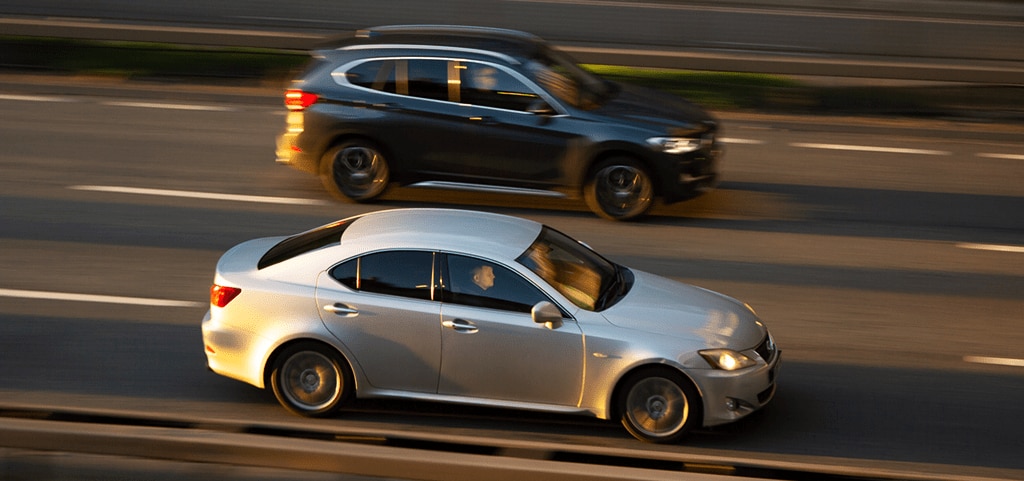
Why glare makes driving dangerous?
Glare is more than just annoying, it’s one of the leading causes of visual discomfort for drivers. Bright sunlight and reflected light from mirrors, windshields, or wet surfaces can quickly impair your field of vision. Low sun in winter is especially problematic, shining directly into your eyes and limiting your ability to see, particularly in your peripheral vision.
Even in cloudy, wet, or snowy weather, sunlight reflecting off the road can affect contrast perception, making it harder to spot hazards, pedestrians, and road signs. That’s why UV-protective, anti-glare eyewear can make such a difference to both safety and comfort in these rapidly changing lighting conditions.
What is Road Safety Week?
Every November, the UK observes Road Safety Week — in 2025, it runs from 16th–22nd November. Organised by Brake, this national campaign raises awareness about safe driving for both motorists and pedestrians.
With over 1,700 road deaths each year in the UK, the campaign encourages safer driving habits and responsible eyewear choices to prevent avoidable accidents.
What sunglasses are legal for driving in the UK?
Not all sunglasses are suitable for driving. In daylight, category 2 or 3 sunglasses are best — they’re dark enough to reduce glare but light enough to maintain visibility. Avoid category 4 sunglasses, as they’re too dark and will limit your vision.
When driving at night-time, the Highway Code advises against wearing sunglasses. Instead, add an anti-reflective coating to your prescription lenses. Your optician can advise on the most suitable options and eye tests to ensure your vision meets driving standards.

The benefits of driving sunglasses
Choosing the right sunglasses for driving isn’t just about style, it’s about keeping your eyes comfortable, focused, and protected. Here’s how they can help:

UV protection
All Glasses Direct sunglasses and selected lens packages include UV protection, shielding your eyes from UVA and UVB rays. This helps prevent long-term sun damage to your eyes, especially on bright days.

Reduced glare for better visibility
Glare from other vehicles, mirrors, or wet roads can be distracting and even dangerous. Anti-glare or polarised lenses reduce reflections, giving you a clear, comfortable view.

Enhanced contrast and clarity
Tinted driving lenses heighten colour definition and contrast for clear vision, helping you spot hazards and read traffic signals more easily, even in challenging light conditions. They’re ideal for commuters on busy roads.

Less eye strain
Squinting against bright sunlight can quickly tire your eyes. The right driving sunglasses reduce light intensity, preventing fatigue and keeping your alert on longer-distance journeys.

The best sunglasses for driving
It’s vital that you have suitable eyewear when at the wheel of your car to protect yourself and others on the road. We have listed the most ideal options below.
Transitions® Drivewear® lenses
Transitions® Drivewear® lenses are ideal for drivers who experience rapidly changing light conditions or drive long distances during the day. These photochromic lenses merge light intelligence with polarisation to seamlessly adapt to all driving conditions. Whether it’s a bright, sunny day or overcast, they reduce glare and improve contrast for a clearer, safer view. They’re always tinted and are a green colour by default, varying according to the amount of light there is.
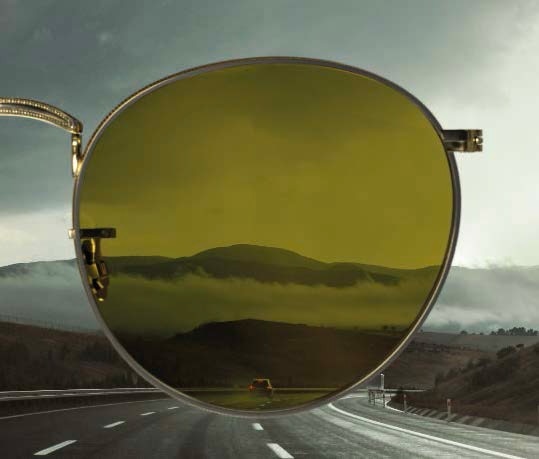
Overcast
Olive green
Improves visibility and contrast, removing glare in cloudy or low light conditions, whether you’re outdoors or driving.
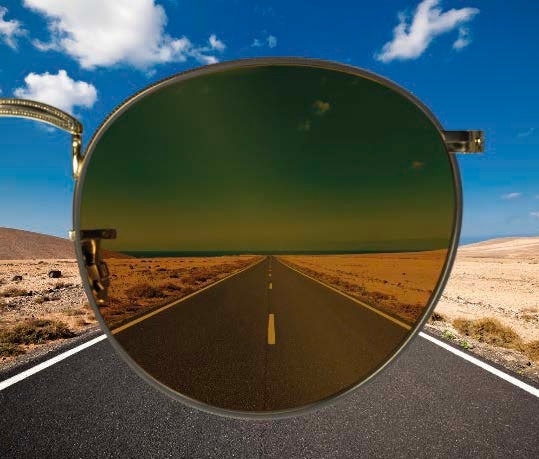
Daylight
Copper
Darkens behind the windscreen for reliable recognition of traffic signals and enhanced contrast. Also removes distracting glare for safe driving vision.
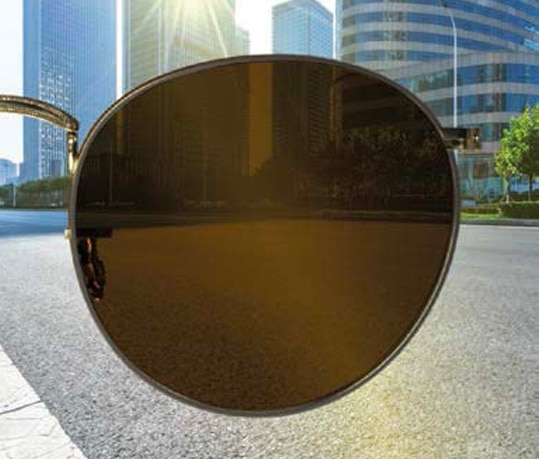
Bright sunlight
Dark brown
Filters excess light for ultimate glare protection and 100% UV coverage in very bright sunlight. Provides improved contrast for quicker recognition and faster reactions on the road.
Transitions® XTRActive® lenses
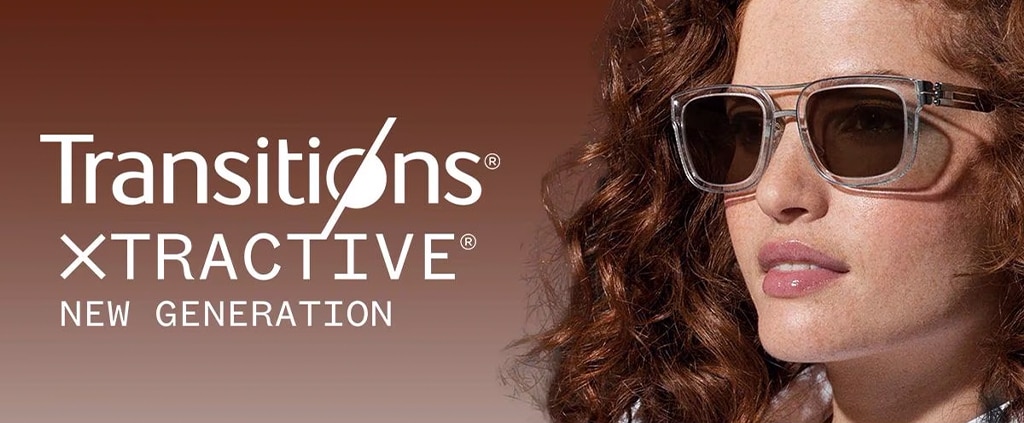
Ideal for anyone who’s sensitive to light, Transitions® XTRActive® lenses go extra dark in bright sunlight but remain clear indoors or at night. They’re practical, stylish, and perfect for everyday wear and year-round driving comfort.
Polarised sunglasses for driving
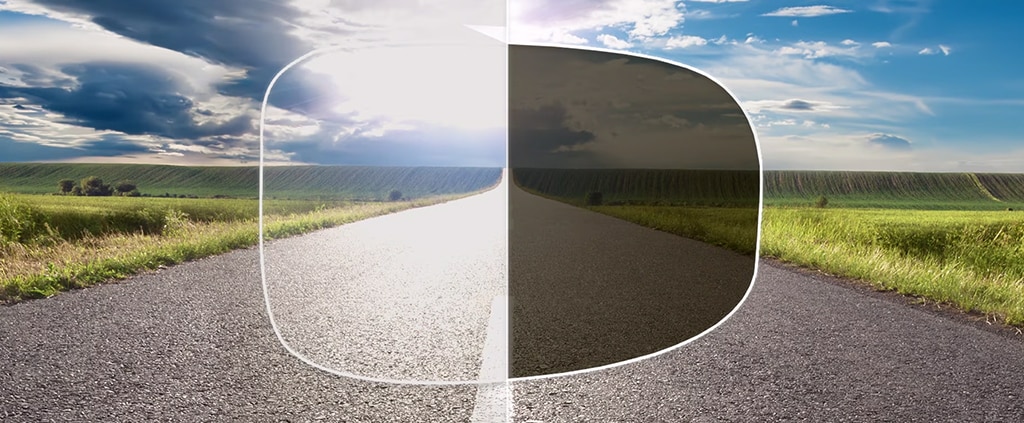
Designed to block harsh horizontal glare from water, snow, and reflective surfaces, polarised lenses enhance colour perception and provide crisp contrast with 100% protection from UV rays. They’re a must-have for daytime driving.
Note: Polarised lenses can make some digital screens (like sat-navs) harder to see.
Anti-glare driving glasses
If you wear prescription glasses, add an anti-reflective coating to your lenses with one of our great-value lens packages. Anti-glare glasses offer enhanced light transmission and minimise distracting reflections from headlights and streetlights. They’re ideal for early mornings or night driving.
Varifocals for driving
For multifocal wearers, KODAK Easy2 Max Lenses deliver sharp, comfortable vision at all distances, from the road ahead to your sat-nav or rear-view mirror. Add anti-glare or polarisation for even clearer results.
Gradient sunglasses tints
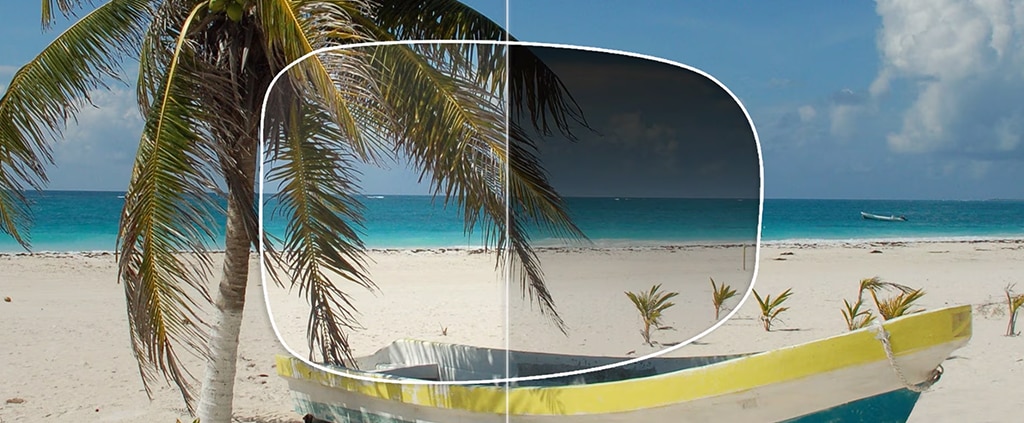
Gradient lenses are darker at the top (to block sunlight) and lighter at the bottom (for clear visibility inside the car). A stylish, practical choice for everyday driving.

Choosing the best lens colour for driving
Each different colour of tinted lenses offers unique benefits for driving:

Brown sun tints
Enhance depth perception and contrast in bright conditions, which is ideal for judging distance, reading road signs, and spotting hazards.
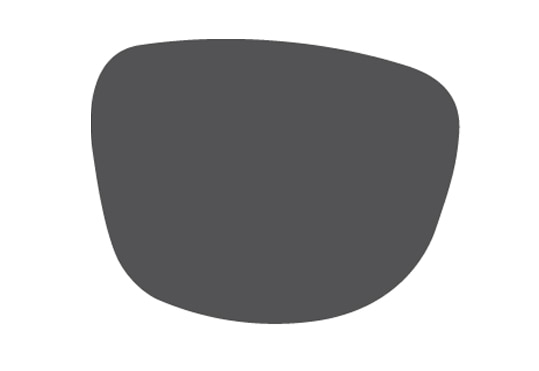
Grey tints
Minimise brightness without colour distortion, great for safe daytime driving in bright conditions, offering a clear view of traffic lights and road signs.
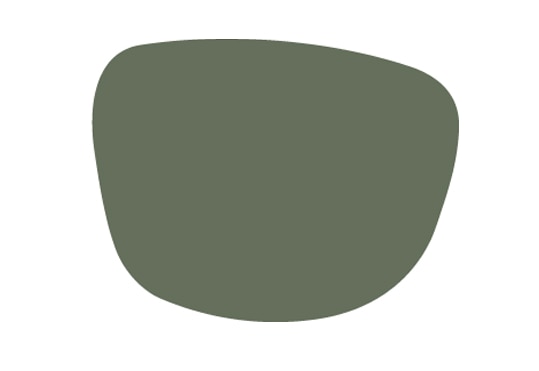
Green-tinted lenses
Balance contrast and colour accuracy, suitable for both sunny and overcast conditions.

Styles that suit every driver
The best pair of sunglasses will depend on your vision needs and of course, your own personal sense of style. Ideally they should be comfortable, provide coverage, and give you confidence.
Pilot frames: Classic and timeless, offering full coverage against bright sunlight.
Sporty wraparound styles: Provide a secure fit and block sunlight from all angles.
Oversized sunglasses: Maximum coverage and UV protection for ultimate comfort.


